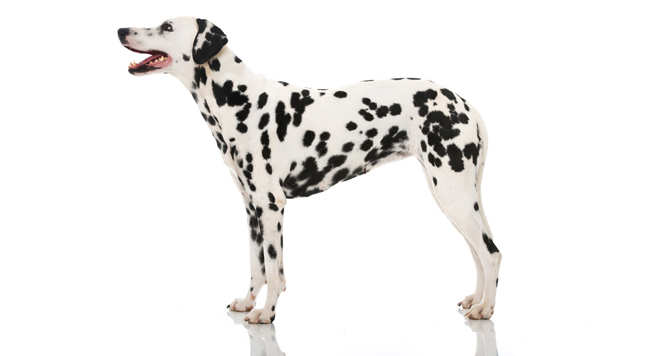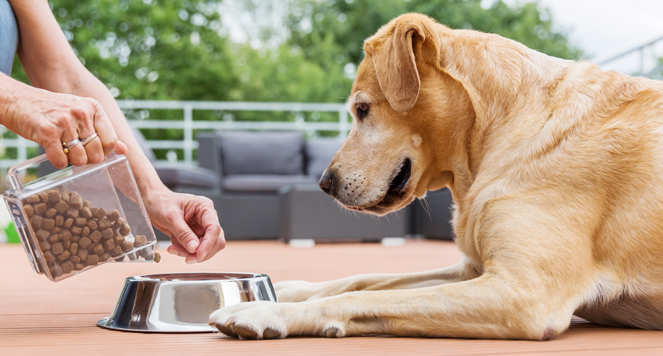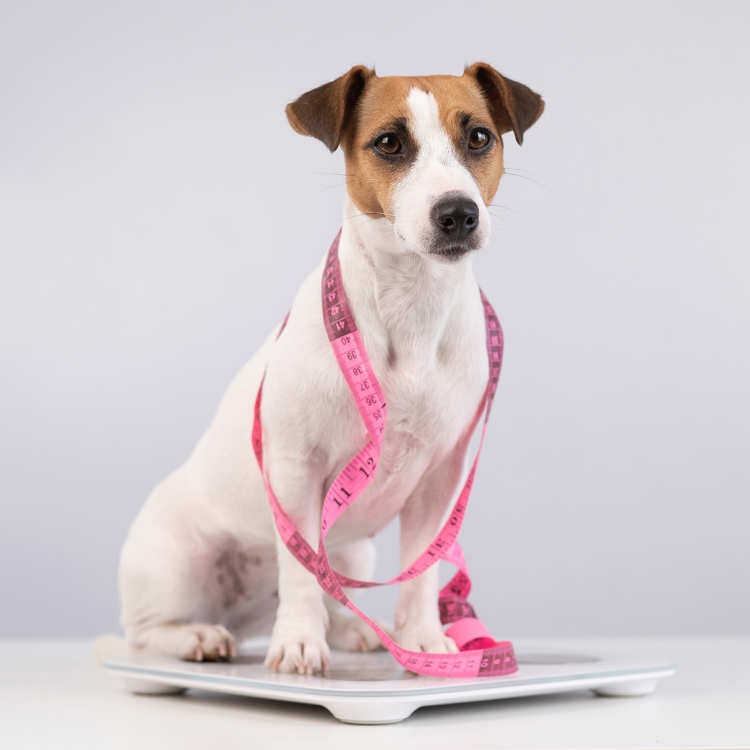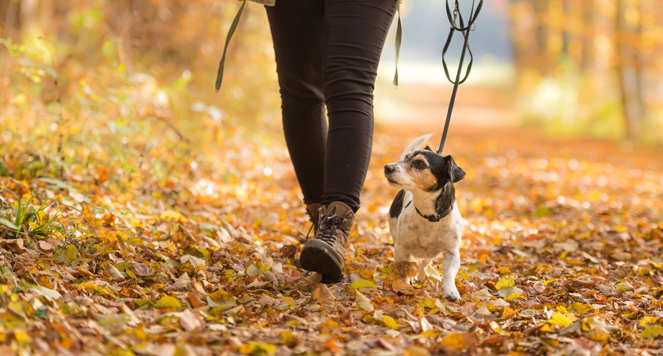Maintaining a healthy weight in your pet is really important but can sometimes be hard to achieve. In some instances we may advise you to help your pet lose weight in order to improve their health.
It is important to assess the shape of your pet when considering weight loss rather than just the bodyweight, as even within a single breed, there can be a big variation in size and frame. A vet or veterinary nurse will be able to help you to assess your pet’s shape if you are not sure.
What do you need to know?
There are many ways to help reduce your pet’s bodyweight. It helps to ensure that all family members and anyone looking after your pet follows these guidelines.
What shall I feed my pet?
What shall I feed my pet?
Consider a lower calorie dog food that is aimed at achieving weight loss, or reducing the volume of their current food.
Ensure that your pet is receiving a ‘complete’ diet. This will ensure that they are being provided with everything that they need.
How much shall I feed my pet?
When should I feed my pet?
When should I feed my pet?
Split your pet’s daily recommended food requirement into the number of meals you wish to feed.
Feeding smaller meals more frequently can reduce hunger. If your pet is used to getting table scraps, it can help to feed them their diet at your mealtimes e.g. splitting their requirement into breakfast, lunch and dinner portions. Or to discourage ‘begging’ you can separate them whilst you are eating.
It can help to separate your pet when feeding young children.
Can I give my dog a treat?
Can I give my dog a treat?
It is best not to give any treats, human foods and dental chews when trying to achieve weight loss. However, if you wish to reward/train your pet, you can use a piece of their own low calorie diet.
Ensure that any food given as a reward is taken from their daily allowance and is not in addition to this.
If family members struggle, you can provide them with a portion of your pet’s food to use as treats.






